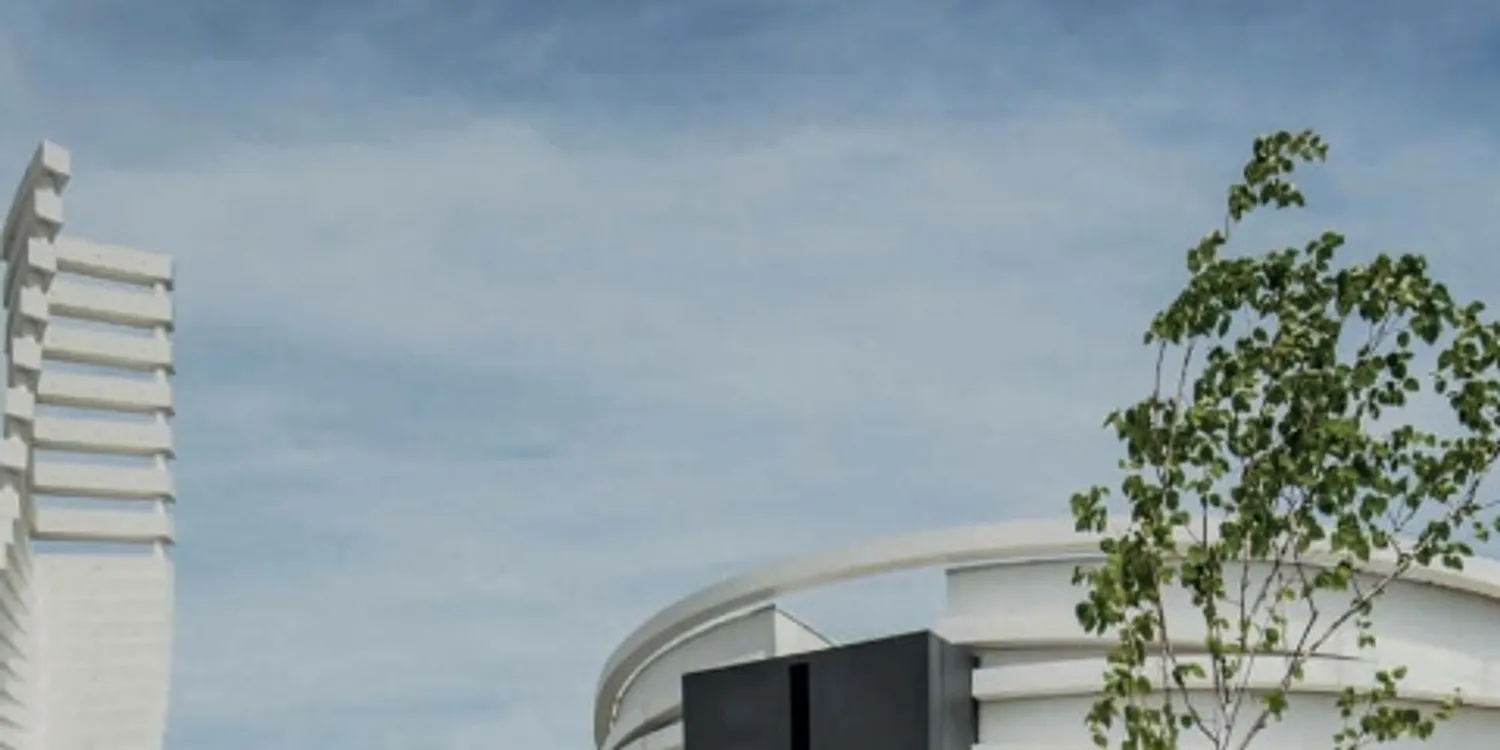31/10/2018
CARVING OUT NEW FUTURE FOR THE PRESTIGIOUS UNIVERSITY ARMS HOTEL IN CAMBRIDGE
Oldest hotel in the city re-opens following a two-year £80m refurbishment.
The historic University Arms, Cambridge’s oldest hotel, which first opened its doors in 1834, has just relaunched following a major £80m refurbishment. The stunning new building is the result of a design collaboration between Martin Brudnizki, one of Europe’s foremost commercial interior architects, and John Simpson Architects, whose equally impressive CV includes Buckingham and Kensington palaces!
The University Arms spent the first 130 years of its existence as a solid, Regency-style hotel. Late nineteenth and early twentieth century additions gave it impressive scale including its iconic turrets, yet its character remained intact. 50 years later, the building has been restored to its former Regency style glory with a little help from two of the UK’s most respected architectural masonry specialists, Stamford Stone and Meister Masonry, who quarried and fabricated the stone for the project. Gone are the hotel’s muted 1960s and 1970s extensions: in their place sits a beautiful neoclassical exterior, complete with creamy stone pillars and soaring copper-clad turrets.
The original architects’ specification for the University Arms proj-ect called for Bath stone, however, due to supply issues and budg-et constraints an alternative stone was sought. This led the archi-tects to Stamford Stone, who have been quarrying and processing architectural limestone from their base just outside the stone town of Stamford in Lincolnshire since 1997. The business operates three quarries, including the 100-year-old Clipsham Medwells Quarry which offers stone of a uniform colour and composition, the 30-acre Greetham site and the recently acquired Clipsham Bidwells quarry. From these quarries Stamford Stone have provided limestone for a host of prestigious projects, includ-ing Peterborough Cathedral, Grade I listed Rushton Hall, the Hous-es of Parliament and Buckingham Palace.
“The University Arms was a highly technical traditional load bearing masonry project, with many large units to contend with. The advanced level of detail that Meister Masonry had to fabricate to, in addition to the sheer size of many of the individual units, made this project intensely physical in terms of handling the stone.” Thanks to the purchase of Clipsham Bidwells in March this year, they are now the exclusive worldwide supplier of Clipsham limestone with reserves guaranteed for 900 years. Working under principal stone contractor, Szerelmey, Meister Masonry undertook the contract to manufacture and deliver to site the various elements as designed by John Simpson Architects. As part of the overall contract, Meister Masonry prepared the working drawings from the architects’ plans, then progressed with the cutting, dressing and manufacture of all the stone units for the project. 500 tonnes of beautiful stone was carefully selected and extracted before being supplied by Stamford Stone to Meister Masonry in blocks of between 5 and 10 tonnes, who then cut and dressed them into the various architectural elements. Part of the large package of works included the construction of an impressive solid stone Porte Cochère, a coach gate or carriage porch-like structure at the main entrance, through which originally a horse and carriage – and today a motor vehicle – could pass, offering guests protection from the elements. It was this technical design element that made the choice of Clipsham limestone perfect for the ambitious project. Four impressive load bearing stone columns were the centrepiece of the structure, each comprising three sections, which were assembled on site.
Each of the Clipsham limestone columns is 3.5m high x 800mm diameter, built up in vertical segments and fabricated as tightly as possible. This resulted in fewer joints, giving a more pleasing architectural look. The Porte Cochère was then completed by installing structural arches, tied together by a poured concrete ring beam.
“The Clipsham stone was ideal for this type of fabrication,” explains Dan Wilson, director of Stamford Stone.
“Our Clipsham Medwells quarry, where Clipsham limestone is extracted, has a very tall bed height, meaning the stone is of a sufficient depth to provide the column lengths dictated by the working drawings which reduces the number of segments required for each column. When columns are cut in this fashion, the bed depth of the stone is crucial. When the stone is quarried it must be dressed and then installed in the same plane as it comes out of the ground, eliminating the risk of failure.”
The University Arms was a highly technical traditional load bearing masonry project, with many large units to contend with. The advanced level of detail that Meister Masonry had to fabricate to, in addition to the sheer size of many of the individual units, made this project intensely physical in terms of handling the stone.
The duration of the masonry element of the University Arms project lasted nearly two years with the first stone being delivered to site on March 24, 2016, and the last block being delivered on March12, 2018.
Richard Heather, MD of Meister Masonry comments: “We have collaborated with Stamford Stone on many occasions and they are a fantastic organisation to work with. Being a family owned and run business makes them nice people to work with as they have a friendly, whilst professional, disposition. They really understand our needs and excel at delivering the highest quality stone, when and where we need it. We truly hope to have an ongoing relationship with Stamford Stone for many years to come.”
Dan Wilson explains: “One of our strengths is that we have a 900-year supply of Clipsham limestone to draw upon. We are proud to continually invest in the latest equipment and technology with which to extract and cut stone.
“On a refurbishment project we have the luxury of selecting the exact stone we require from our vast stock, for the item we are carving or dressing. This ensures quality is of the highest standard, the structural integrity of the stone is maintained, and importantly the stone will last a lifetime.”
